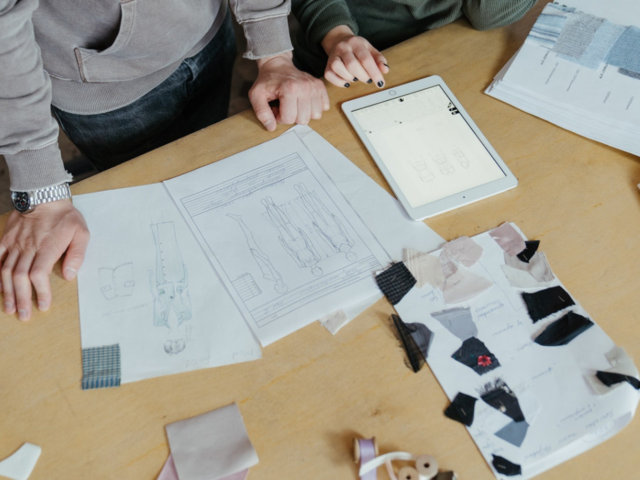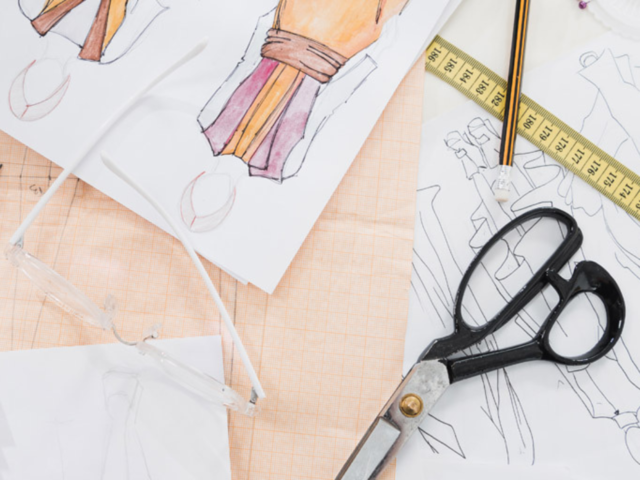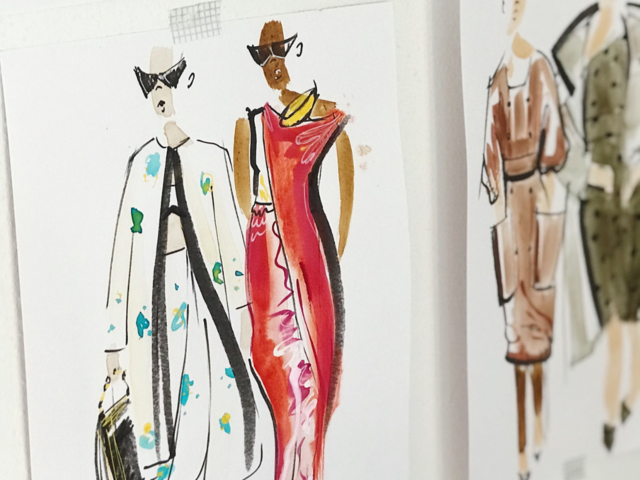Whether it is a big project or a small personal task, generating ideas and keeping track of them is a helpful way to achieve your vision.
In this article, we will guide you through the steps of an effective creative process.
What is idea generation?
Idea generation refers to the process in which we produce a potential course of action in response to a problem, a project or a task. Generating new ideas can be challenging but it is a key part of the creative design cycle and is an important skill to practice, especially when maintaining longevity in a creative field.
Who uses idea generation?
Idea generation is employed by almost anyone who engages in creativity but it is also an integral part of any professional creative practitioner’s process.
This element of creativity is the embodiment of a creative person’s ability to develop and explore ideas that essentially separates a creative from the public or a client. Therefore, it is vital that creative practitioners explore and experiment with this skill in order to hone their talent and abilities.
Idea generation techniques are used by fashion designers, photographers, graphic designers, garden designers, marketing professionals, interior designers, architects, writers, scientists, political strategists, artists and many more professionals.
In fact, the number of professions that require techniques to develop ideas is infinite. The important thing to discover for yourself is the techniques that work for you as an individual and as a creative.

Image source: Pexels.
Why do we use idea generation?
Many people have an intuitive sense of creativity. To a naturally creative person, it may seem extraneous to draw attention to idea generation as a technique, but idea generation is a skill that requires attention and development.
There will be moments in your career when an idea will not come to you, and you will feel at a loss for direction. Creativity as a profession requires the skill to generate strong, innovative ideas, even when you’re feeling stuck.
But if you cultivate your skill, you will have the ability to conjure creative ideas and you will never again fear the blank page. For this reason, it is important to develop techniques that work for you when generating ideas.

Image source: Pexels.
Idea generation methods
There are a number of known methods which we will introduce but, when generating your own ideas, feel free to experiment and explore different techniques that work for you. Some techniques will be more effective than others, but ultimately, the efficacy depends on the individual's needs.
Keeping a sketchbook
A common technique is to keep a sketchbook. You may have sketchbooks for specific projects or project ideas but you must have one sketchbook dedicated simply to thoughts, ideas and inspiration. Think of it as a repository for your imagination.
Routinely updating your sketchbook ensures you have a selection of ideas to draw upon when faced with a particular challenge. To extract the most from this technique, it requires consistency and discipline but it also has the potential to become your most valued asset.
Mind mapping
Another popular technique is mind mapping. This technique involves the unedited recording of ideas using a format that helps you visualize connections and create a hierarchy of ideas. This makes it easier when exploring ideas in a broader category rather than relying on specific projects or tasks.
A complete mind map can reveal connections and overlap of ideas that can help generate new perspectives or ideas.
Experiment
These are just a few techniques but there are countless others. As your creativity develops and grows, you will explore and experiment with other techniques before settling on the most effective ones in your personal creative process.

Image source: Pexels.
How to document idea generation
While it is good practice to record any idea generation, it is not typically shared with the clients or stakeholders of a project. A clear record is useful to ensure both you and your team can track ideas and should problems arise in the future that may require similar problem solving, you will have a clear record of the approach used.
Consider how you will record your idea generation. Whether it is folios, folders or sketchbooks and regardless of physical or digital formats, they should always be recorded. A visual record such as illustrations, tables and lists can be most helpful as pages and pages of notes are more difficult to navigate.
It will depend on your technique, but an effort should be made to make records of your processes clear and easy to understand, especially considering you will need to refer to them in the future.

Image source: Unsplash.
How to analyze the results of idea generation
You should always take some time to evaluate and critique the ideas you have recorded. Identifying potential value in ideas and comparing and contrasting them will help you to refine your ideas before presenting them to clients and stakeholders.
When analyzing ideas created using your idea generation process, it is important to consider the following:
- What are the pros and what are the cons?
- What are the opportunities and what are the limitations?
- What are the benefits and what are the costs?
Think of these as the same questions you would ask yourself when making other decisions. Imagine you are planning a holiday? Perhaps you are choosing between a city break for the nightlife, or a beach or mountain retreat? What are the pros and cons you deliberate while making this decision?
Learn the skills needed to create your own collection, become a fashion designer, or start a fashion design business with our industry-recognized courses.
